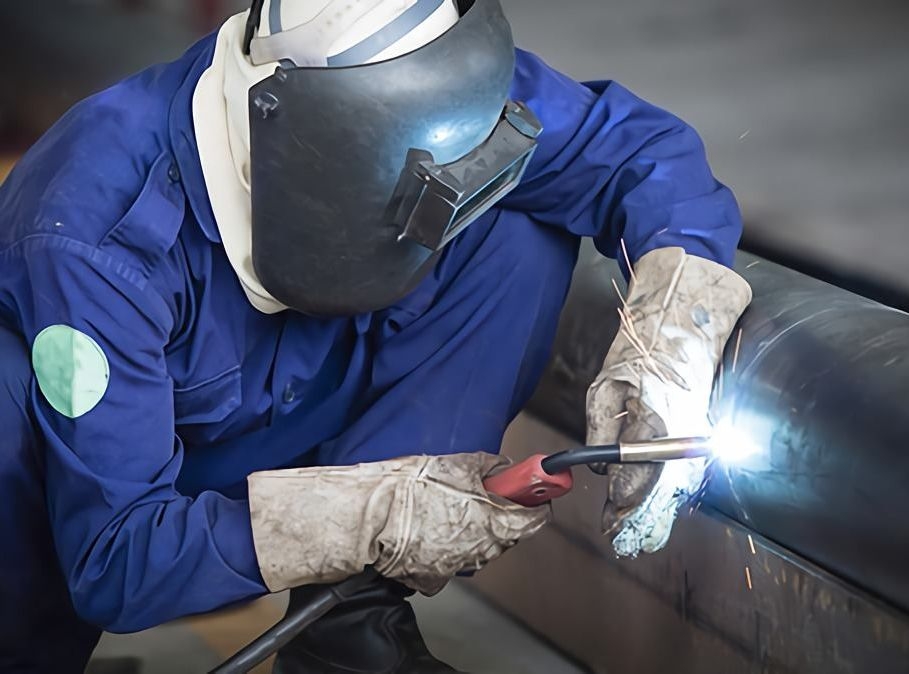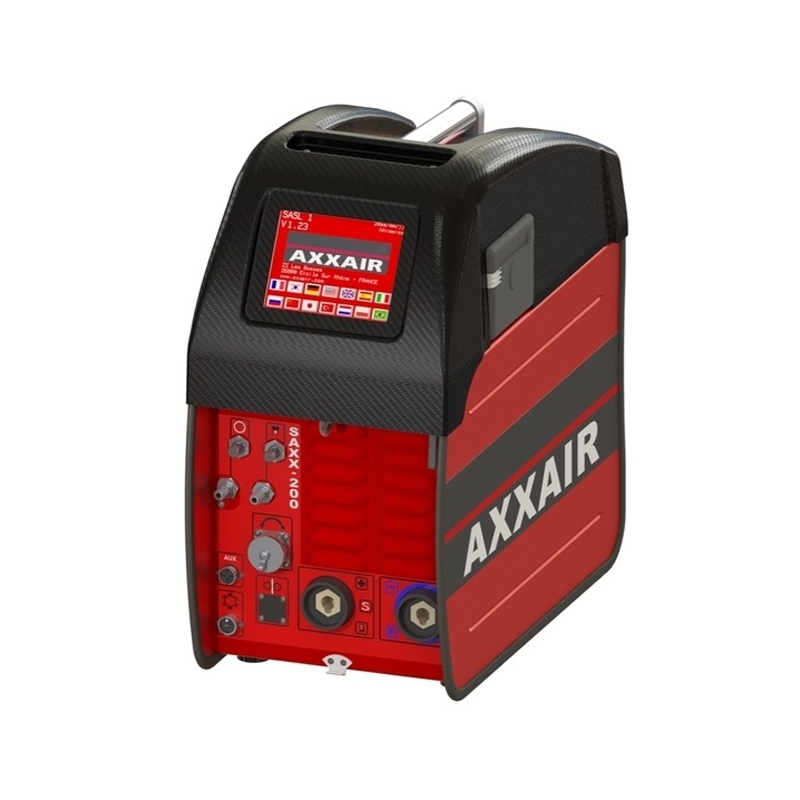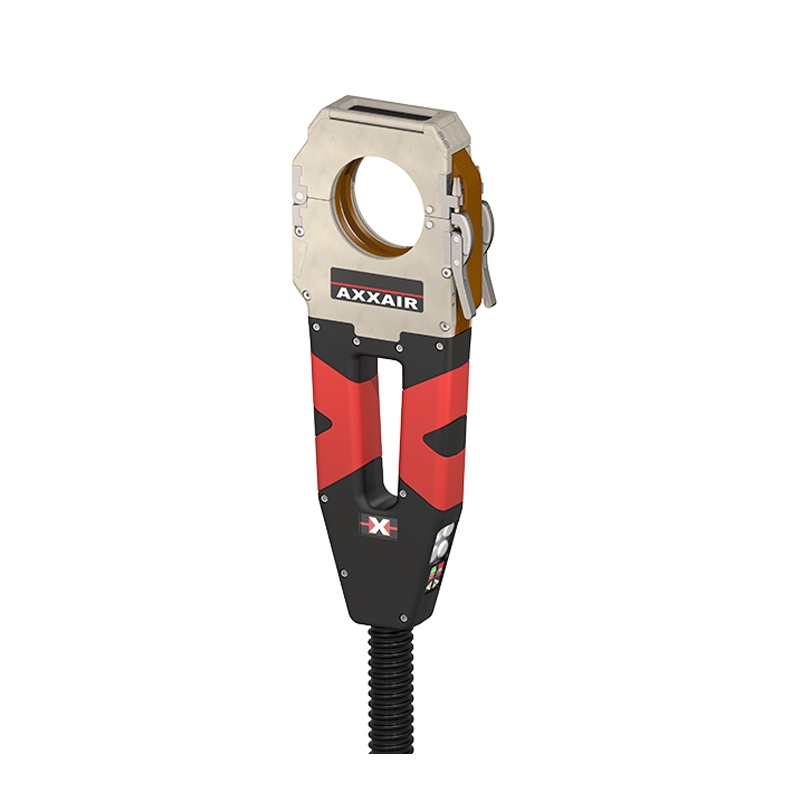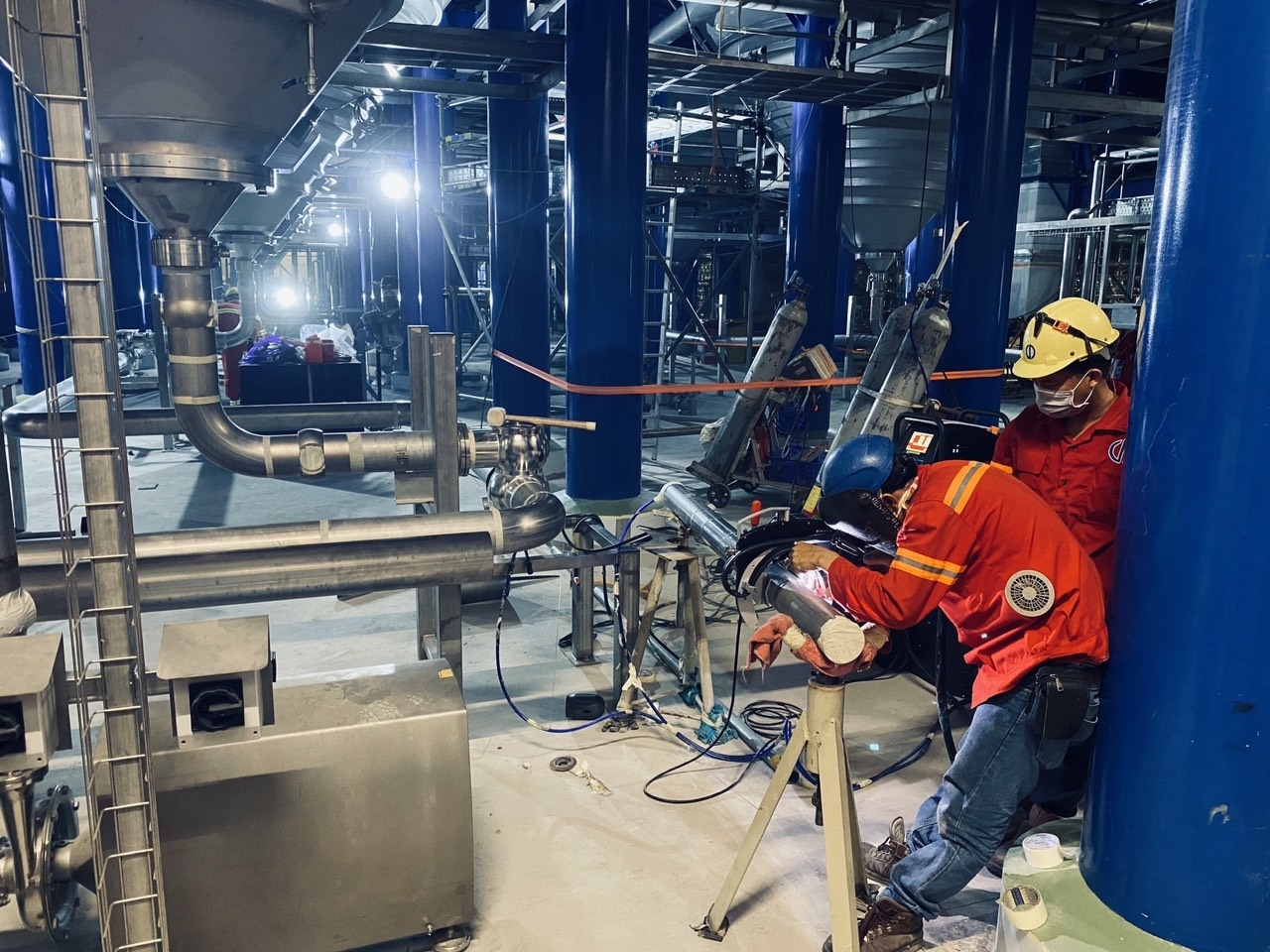How To Optimize Orbital Welding?
what is welding?
welding is a technological process that binds separate parts together into a non-removable object/block by using very high temperatures.
welding has many different methods depending on the purpose of use, such as:
- gas welding
- electric or stick welding
- t.i.g . shielded gas arc welding
- m.i.g . shielded gas under-arc welding
- plasma welding
- laser welding
- electron beam welding
- …
what is orbital welding?
orbital welding is a technique whereby the welding tool is rotated through 360° (or 180° in double up welding) around a static workpiece.
the orbital welding process can create high quality repeatable welds with the use of a computer, meaning that there is little need for intervention from a welding operator. the process is used for two main applications; tube-to-tube / pipe-to-pipe joining and tube-to-tubesheet joining.
orbital welding technology was developed in the 1960s when there was a need for a more precise welding method in the aerospace industry.
this particular process then started to find its place in varying fields from automotive engineering to food processing.
advantages of orbital welding
- cut down the time and effort required to achieve the perfect weld.
- guarantees high precision and a flawless finish.
- there’s when orbital welding is vital to reach places that manual welding simply cannot.
when to use orbital welding?
the manufacturing process involves positions that are difficult to handle manually.
the location where the welding is carried out and the machine itself is located affects the safety of the welder.
large quantities of welds are required to be produced.
since the process is fully automated, orbital welding is perfect to produce large quantities of welds because of its repeatability.
equipment required for orbital welding
preparation process
planning is key when trying to achieve the perfect weld. other than preparing the materials and ensuring a safe environment, you should also be accustomed to the equipment.
-
tube/pipe end preparation: ensure that your cutting blades have been sharpened to obtain a clean cut without deforming the pipes.
-
material selection: with the same parameters, make test welds using different batches of metals to confirm that the end products are consistent.
-
weld joint alignment:
alignment: make use of engineering clamps to align and hold the welding pipes into place. this speeds up the preparation process.
gaps: no more than 5% of pipe/tube wall thickness
tube wall thickness: ±5% to ensure weld quality
-
welding gases
-
tungsten electrode geometry
swiss tech schreiner.
like many great businesses, swiss tech s. began in a garage. the year was 1990, and lothar schreiner had decided to take his decade of experience in the food processing industry and strike out on his own. with a commitment to hard work, honesty and customer service, swiss tech s. has steadily grown and is currently the largest employer of sanitary welders in west germany. in order to offer its customers in the food, beverage, and pharmaceutical industries a complete range of coverage the company supports a large staff including mobile crews, project managers, engineers, and administrative support.




